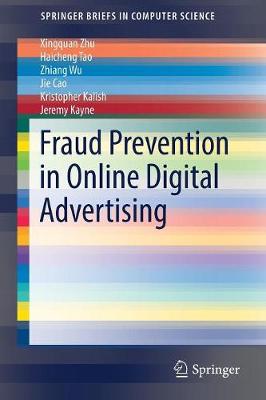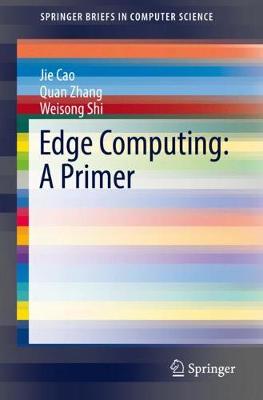SpringerBriefs in Computer Science
2 total works
Fraud Prevention in Online Digital Advertising
by Xingquan Zhu, Haicheng Tao, Zhiang Wu, Jie Cao, Kristopher Kalish, and Jeremy Kayne
The authors systematically review methods of online digital advertising (ad) fraud and the techniques to prevent and defeat such fraud in this brief. The authors categorize ad fraud into three major categories, including (1) placement fraud, (2) traffic fraud, and (3) action fraud. It summarizes major features of each type of fraud, and also outlines measures and resources to detect each type of fraud. This brief provides a comprehensive guideline to help researchers understand the state-of-the-art in ad fraud detection. It also serves as a technical reference for industry to design new techniques and solutions to win the battle against fraud.

